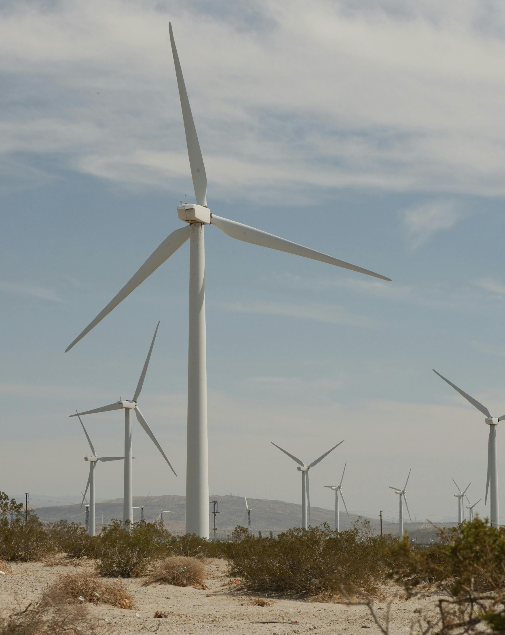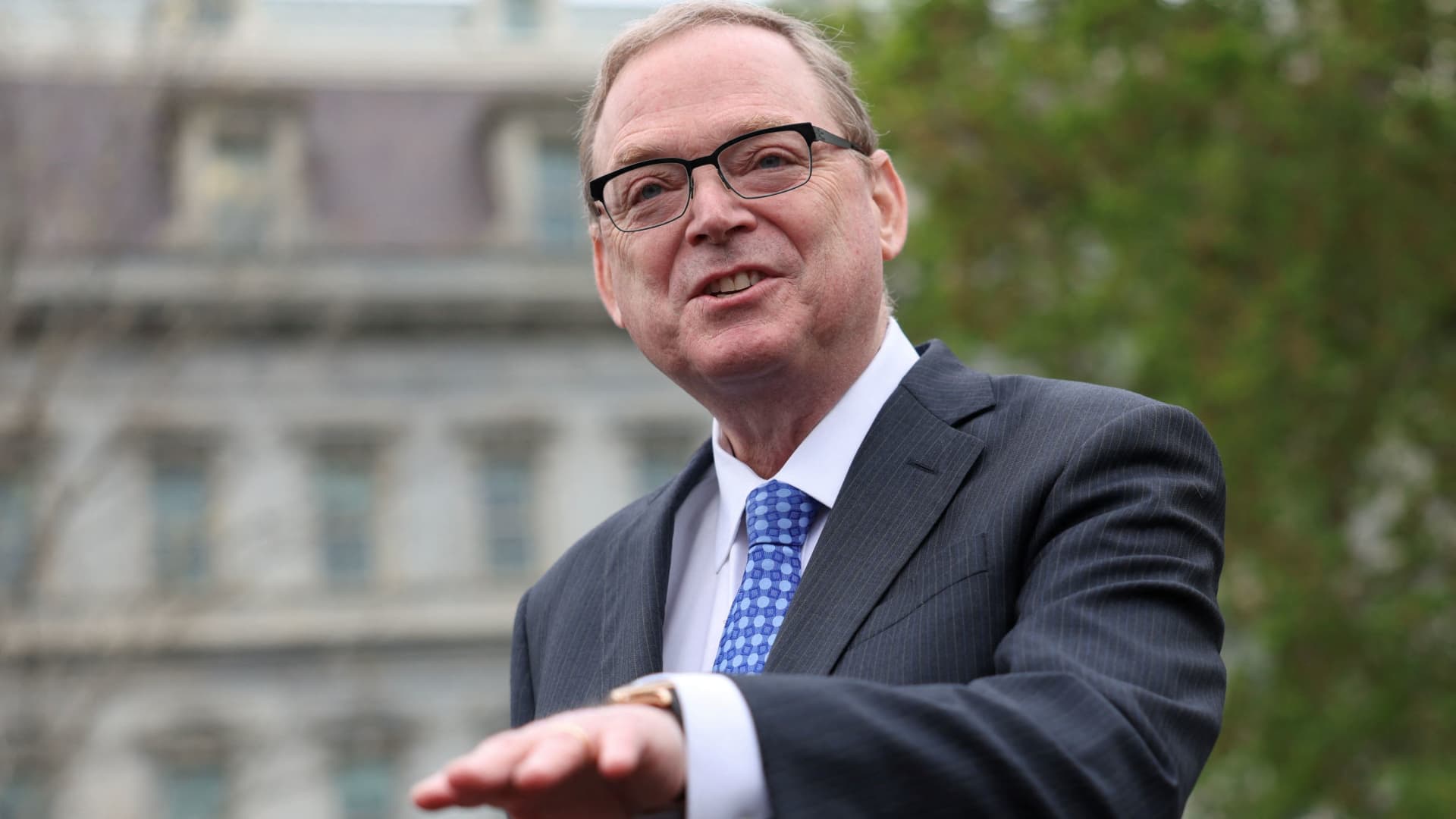The global push for sustainable energy has spotlighted renewable energy technologies and advanced storage solutions. These innovations are pivotal in reducing reliance on fossil fuels, mitigating climate change, and ensuring a reliable energy supply. From solar panels and wind turbines to cutting-edge battery storage systems, the renewable energy sector has made remarkable progress. This article explores the latest advancements in renewable energy technologies and the evolution of energy storage solutions.
Advances in Renewable Energy Technologies
- Solar Power Innovations
Solar energy remains a cornerstone of the renewable energy sector. Advances in photovoltaic (PV) technology, such as bifacial solar panels, have significantly increased efficiency. These panels capture sunlight from both sides, generating more power from the same area. Additionally, thin-film solar cells, made from lightweight and flexible materials, are expanding the applications of solar power in urban areas and portable devices.
- Wind Energy Developments
Wind turbines have become taller and more efficient, capturing wind at higher altitudes where it is stronger and more consistent. Offshore wind farms are also gaining traction, with floating wind turbines enabling installations in deeper waters. These advancements increase energy output while reducing land use and visual impact.
- Hydropower and Marine Energy
Hydropower is evolving to include smaller, modular units that can be deployed in remote areas with minimal environmental disruption. Marine energy, including wave and tidal power, is also gaining momentum. These technologies harness the consistent energy of ocean currents, providing a reliable renewable energy source.
The Role of Advanced Energy Storage Solutions
Renewable energy sources like solar and wind are inherently intermittent, producing energy only when the sun shines or the wind blows. Energy storage solutions bridge this gap, ensuring a stable and reliable energy supply.
- Lithium-Ion Batteries
Lithium-ion batteries dominate the energy storage landscape due to their high energy density and declining costs. They are widely used in electric vehicles (EVs), residential solar systems, and grid-scale storage solutions. Innovations like solid-state batteries, which replace liquid electrolytes with solid materials, promise enhanced safety and efficiency.
- Flow Batteries
Flow batteries are gaining attention for their scalability and long-duration storage capabilities. These batteries use liquid electrolytes stored in external tanks, allowing for easy scaling to meet energy demands. They are ideal for grid applications and large-scale renewable energy projects.
- Hydrogen Energy Storage
Hydrogen is emerging as a versatile energy storage medium. Surplus renewable energy can be used to produce green hydrogen through electrolysis, which can then be stored and converted back into electricity or used as fuel. Hydrogen’s potential extends to industrial applications, heavy transport, and long-term energy storage.
- Thermal Energy Storage
Thermal energy storage systems store heat or cold for later use, often in buildings or industrial processes. Concentrated solar power (CSP) plants use molten salt to store thermal energy, enabling electricity generation even after sunset.
Impact of Smart Grids and IoT
The integration of renewable energy and storage solutions is further enhanced by smart grid technology. Smart grids use IoT devices and AI-driven analytics to manage energy distribution efficiently. They enable real-time monitoring, demand response, and integration of distributed energy resources, ensuring optimal utilization of renewable energy and storage systems.
Challenges and Future Outlook
While renewable energy and storage technologies have made significant strides, challenges remain. High upfront costs, material shortages, and recycling concerns must be addressed for widespread adoption. However, continuous innovation, policy support, and global collaboration are driving the sector forward.
Emerging technologies like perovskite solar cells, next-generation batteries, and artificial intelligence-driven energy management systems hold the promise of a cleaner, more sustainable energy future.
Conclusion
Renewable energy technologies and advanced storage solutions are transforming the global energy landscape. From efficient solar panels and wind turbines to scalable batteries and hydrogen storage, these innovations are key to achieving energy independence and combating climate change. By investing in these technologies and integrating them with smart energy systems, we can create a resilient, sustainable energy infrastructure for generations to come.

 Accounting1 week ago
Accounting1 week ago
 Economics1 week ago
Economics1 week ago
 Personal Finance1 week ago
Personal Finance1 week ago
 Accounting1 week ago
Accounting1 week ago
 Finance7 days ago
Finance7 days ago
 Economics1 week ago
Economics1 week ago
 Economics1 week ago
Economics1 week ago
 Economics1 week ago
Economics1 week ago





















